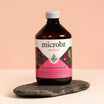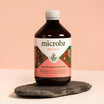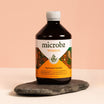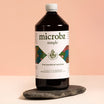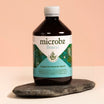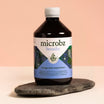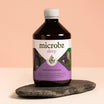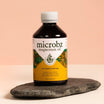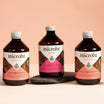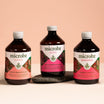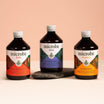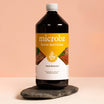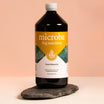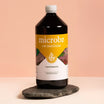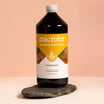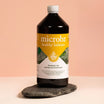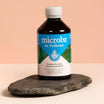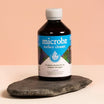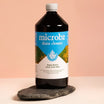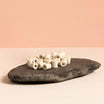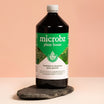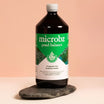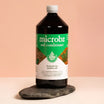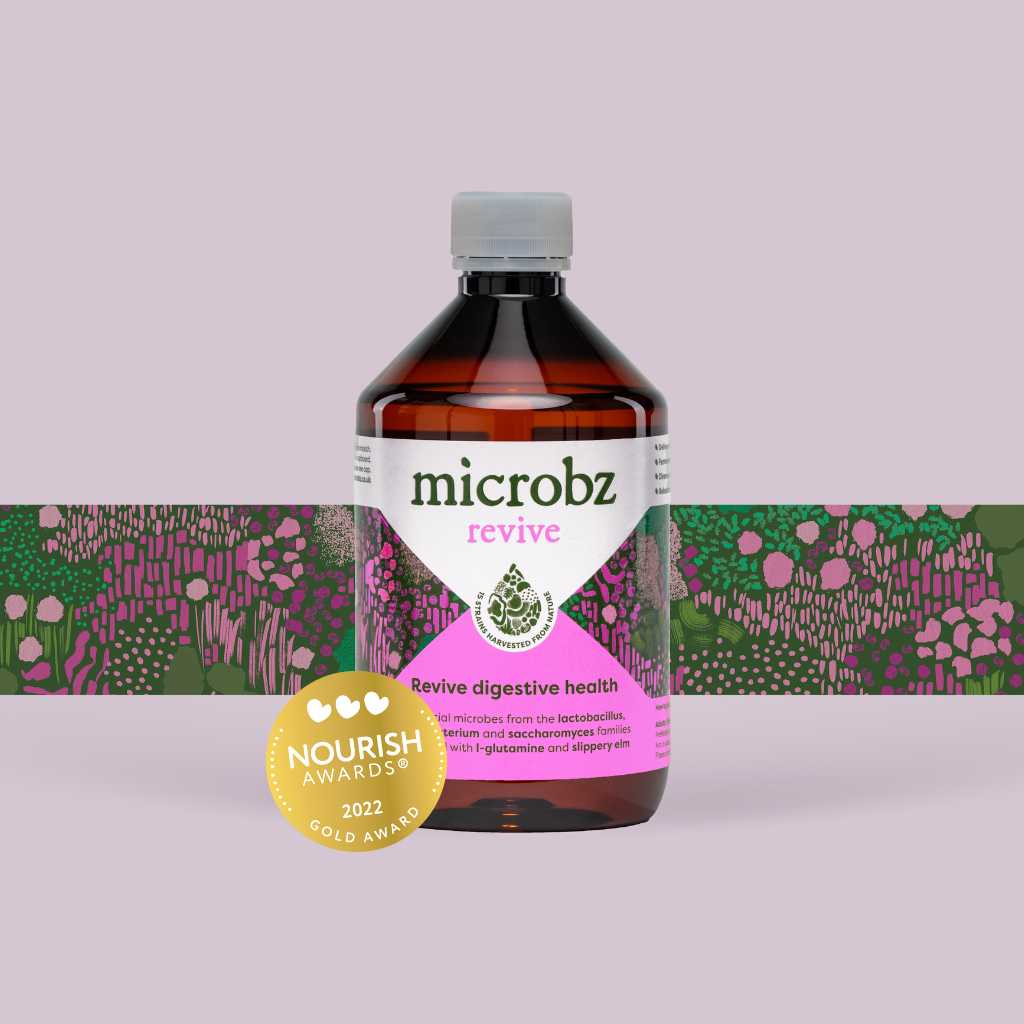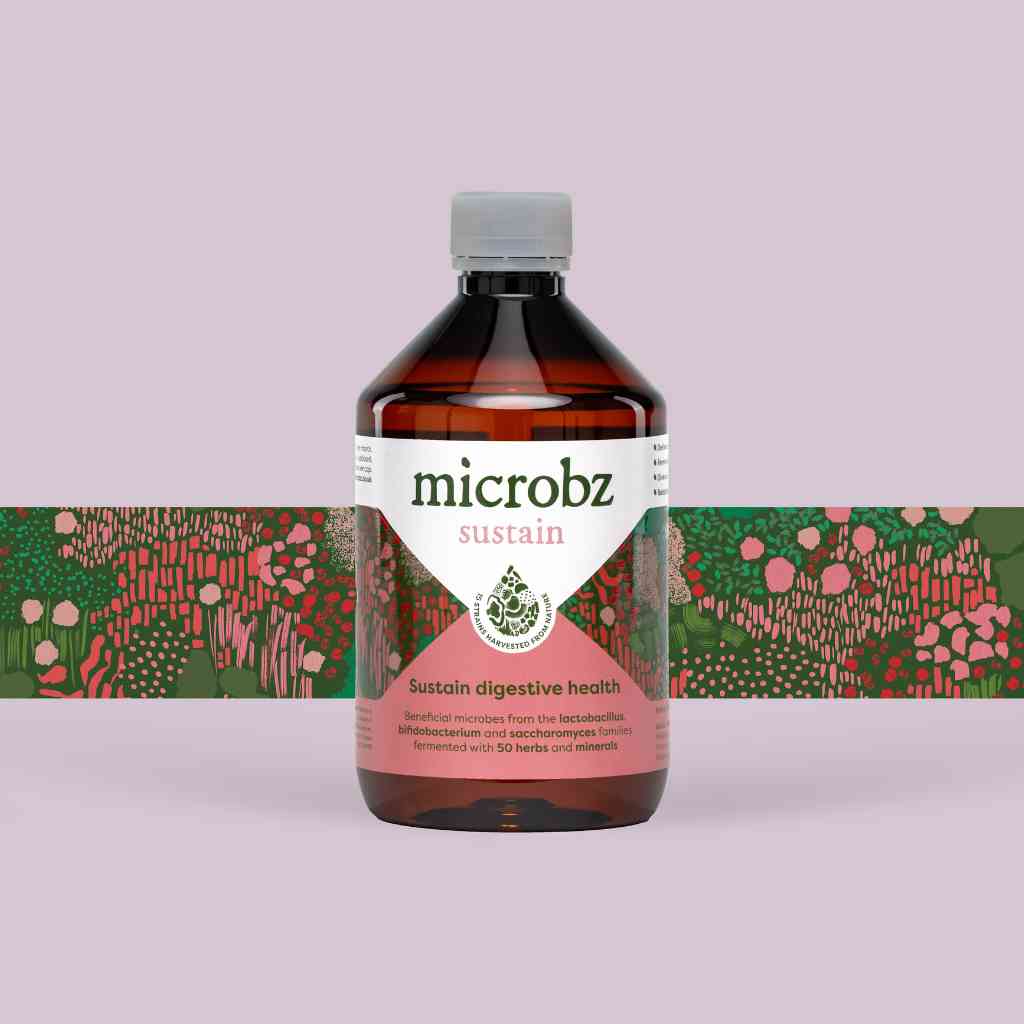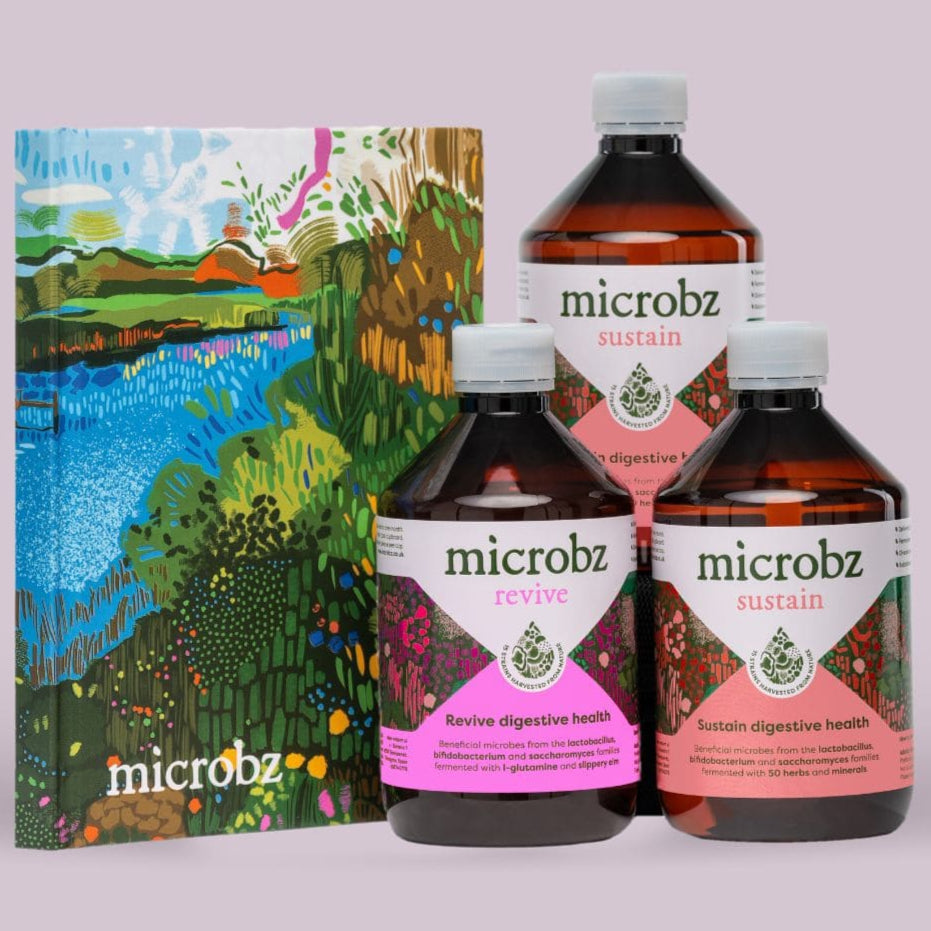Dog Rose (Rosehip)
Rosa Canina
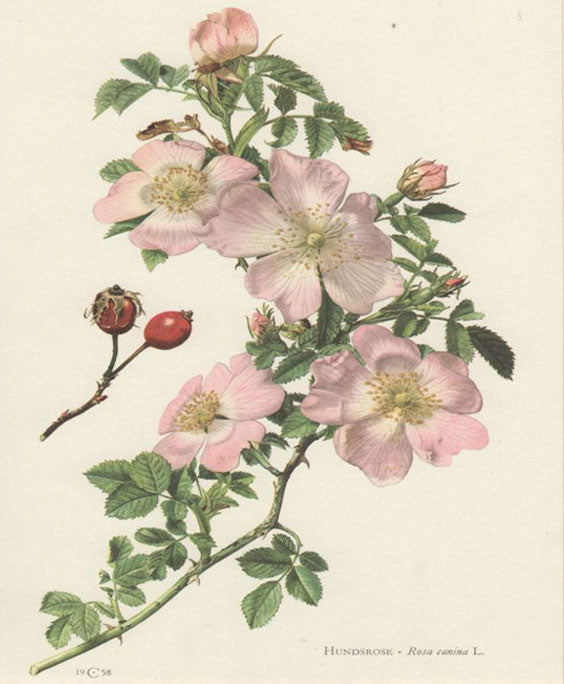
Family: Roseaceae
Which probiotic is it in?: Dog rose is a key herb in Sustain, Sleep and Kids
Habit and cultivation: Grows in most areas of the world. Some governments consider it a pest as it has been known to displace native vegetation. Prefers a sunny, well drained, moist soil.
Actions (known for): Stimulant, carminative, astringent and anti-oxidant.
History of Dog Rose (Rosehip)
Parts used from the Dog Rose (Rosehip)
Rosehip
Constituents (bio available chemicals):
Tannins, flavonoids, sugars, organic acids and fatty acids.
Nutritional constituents:
Vitamins: C, B1, B2. Minerals: potassium, selenium, thiamine and calcium.
Indications:
Common cold, fevers, diabetes, urinary tract infections, skin conditions and wound healing topically.
Dosage:
Two and half teaspoons of sliced hips infused in hot water for 10mins and drunk. Tincture: (1:2): 10-60 drops 1-3 x daily.
British Herbal Pharmacopoeia
Dietary supplement as natural source of Vitamin C.
Cautions for therapeutic doses
The little hairs on the seeds can cause irritation to the mouth and digestive tract. Contra-indicated in those prone to thrombosi or endocarditis.


